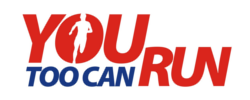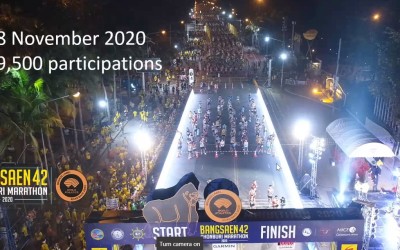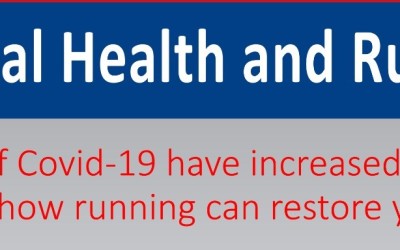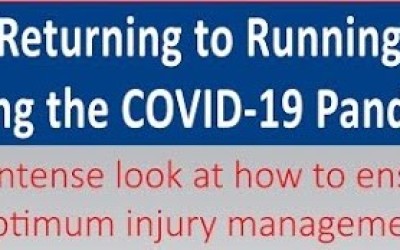The rubber meets the Road – OR How to choose your optimum pace
From all the feedback of my last post of the Hare and the Tortoise, one thing clearly emerged. Everyone wants to run like a hare with the pacing plan of a tortoise :-). Sorry guys you were born on a wrong continent.
But everyone agrees that one should pace properly for an optimum performance. Run too slow and you have lost minutes which could have been chopped off and run too fast and you end up in the inevitable death crawl. Striking the fine balance is easier said than done. It is part art and part science. Here are the various factors at play.
1. Each minute run fast in the first half will result in two minutes penalty in the second half. So trying to go fast when you have fresh legs can be suicidal in terms of PB. But then how many of us are mature enough to recognise this and slow down.
2. But then the mornings are coolers and anyway you are going to slow down when the sun comes out..so how much of an advantage should you rope in before the racing shades get put on. What is the temperature forecast for the day? Is it going to be clear sunny day ( hot ) or clouded ( hot and humid ) or cool or possibly rains? Each weather condition can impact your pace differently.
3. Even though the morning will be cooler, you may not be warmed up sufficiently. Will you be warming up and starting off at a higher pace? Or will you use the first km or two to warm up?
4. Will you get to really warm up? How much is the registration v/s road width in the first km or two? How long will it take for the runners to open up?
5. Flyovers..what about flyovers…how many are going to be there..and hills? You will naturally slow down. May be even walk.
6. How has your own training been? What was the longest run you did? How far back to the race day? And what was your pace then?
7. Do you plan to weave in walk breaks early into your run? What ratio of walk breaks are you planning? Is it time based or distance based?
As I went through this list of questions, I am sure that some of your were thinking that ‘A fool can ask more questions than an intelligent man can answer’.
But still if you want to put some science to your pacing plan you need to begin somewhere. And the first step is to start with an estimated finish time. The Gold standard of such estimation is to actually run the distance. But this is a cruel joke for those who are doing this for the first time and somehow hope maintain their sprint pace while breasting the tape  Given that this is not going to happen here are two ‘rule of thumb’ ways to go about it.
Given that this is not going to happen here are two ‘rule of thumb’ ways to go about it.
OPTION 1 – Take your longest run in the recent weeks. If it is above 15 kms then determine that pace and increase it by a factor of 1.05 to arrive at your Half Marathon pace. Let us say that you ran 16 kms in 2:15. So your pace was ( 135 minutes / 16 kms ) 8:25 . Multiplying by a factor of 1.05 the overall pace for 21kms would come to 8:50 thus giving a HM finish estimate of 3:05 or thereabouts . Many caveats apply.
OPTION 2 – If you have not yet run around 15 kms or so..then another quick and dirty way is to run one km at best rate and time it. Multiply this by a factor of 1:25 to arrive at your race pace. Say you run a km in the next few days in 7 minutes then loading it by 1.25 we come to a pace of 8:45 ( remember the decimals  ) leading you to a HM finish time of 3:05 or thereabouts. Many many caveats apply here too.
) leading you to a HM finish time of 3:05 or thereabouts. Many many caveats apply here too.
Sorry if this got technical…but such is the nature of pacing.
Wearing my managerial hat, whether it is doing a pacing plan or a corporate budget plan, there is no shirking the number work. The only other way is to…well..run like a start up.





Leave a Reply